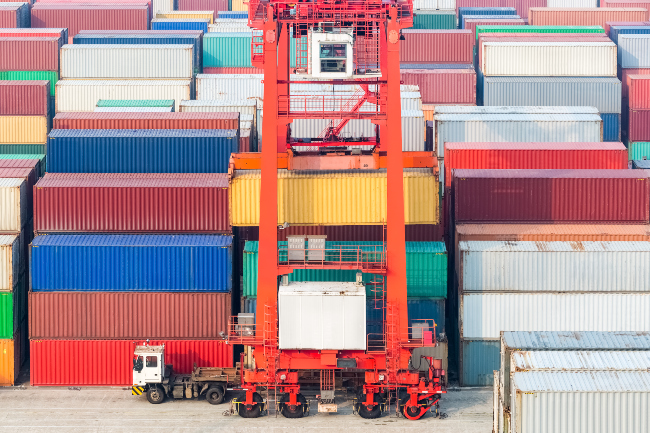Coronavirus Puts Logistics Readiness to the Test

in connection with the current situation caused by the COVID-19 pandemic, enterprises are trying to keep the pace with government measures and are striving for securing raw materials, components and also keeping their distribution channels. However, key information is not always at hand. Due to that, reacting to the measures is often delayed and uncoordinated, resulting in the crisis hitting the society in a big way.
On the other hand, there are a handful of companies that invested in mapping and digitization of their supply chains before the pandemic, making them prepared for the crisis situation much better. They have a better overview of the whole logistic network’s structure, so they are able to react much more quickly. Instead of programming and making experiments at the last minute, they can have all information at hand in a matter of minutes or even seconds from potential disruption. They know exactly what suppliers, areas, components or products are in danger, securing them the top position when obtaining limited supplies from alternative sources.
Enterprises rested on their laurels in terms of preparations despite numerous warnings
Despite many upheavals in logistics caused by natural disasters in the last decade, most companies stay absolutely unprepared for the current pandemic. At the turn of January and February, meaning immediately after the epidemic broke out in China, the company Resilinc did research focused on awareness and readiness of enterprises for the impending pandemic. 70% of respondents stated that they’re trying to manually find out which one of their suppliers gets goods from the closed regions of China.
How to map supply chains?
Many companies are talking about the fact that mapping of supply chains is very important as a strategy for risk mitigation. However, they have not proceeded to it yet due to a seemingly high volume of time and work that would be involved. Instead of that, they often rely on their employees and their information gathered through communication with suppliers. Information gathered through personal contacts and casual relationships are often inaccurate and full of speculation though. And if the staff concerned leave the enterprise, they take their knowledge with them. It takes years for the new employees to familiarize with all the close suppliers, let alone the whole supply chain.
So although mapping the supply chain might seem difficult, there’s no other way. The most common approach is using a bill of materials and determining the key components. Typically, it begins with five best products in terms of revenues and progresses with the supply chain and continues by going down to the suppliers of components and their suppliers. It ideally ends with suppliers of raw materials. The purpose is to map as many individual distribution channels as possible, because there might be key suppliers hiding in there, about which the enterprise doesn’t know at all. This overview should also contain information about the activities the specific supplier does, what are their alternative sources and how much time would transition to these alternative sources take.
Well done logistics as a key to success
Logistics employees should therefore meet each other and talk about the key areas that they need to focus on in order to minimize the impacts of unpredictable events. Now it’s more than obvious that logistics and the ability to secure information and inputs needed for production in time, belong to the key areas within the enterprises and should be included in the company-wide strategy.
Related articles
Jul 11, 2024
Europe’s wind power industry relies on digital technologies
Europe’s wind power industry relies on digital technologies
Jul 11, 2024
Application for WMS? Vysoká efektivita, rychlé aktualizace, maximální variabilnost
Application for WMS? Vysoká efektivita, rychlé aktualizace, maximální variabilnost
Jun 7, 2024